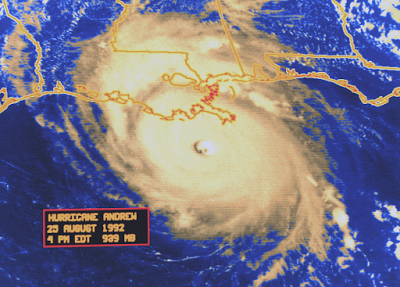
This article was last updated on April 16, 2022
Canada: ![]() Oye! Times readers Get FREE $30 to spend on Amazon, Walmart…
Oye! Times readers Get FREE $30 to spend on Amazon, Walmart…
USA: ![]() Oye! Times readers Get FREE $30 to spend on Amazon, Walmart…
Oye! Times readers Get FREE $30 to spend on Amazon, Walmart…
With Hurricane Irma looking like it is heading towards Florida, I wanted to take a look back to 1992 when Hurricane Andrew hit Florida and look at the massive amount of damage that was done to the state, damage that took years to recover from.
Let’s start by looking at a graphic which shows how hurricanes are categorized based on sustained wind speed:
Florida has been hit with some rather significant storms over the past century with a total of two Category 5 storms including Hurricane Andrew, 18 Category 4 storms and 42 Category 3 storms according to the National Oceanic and Atmospheric Administration. Of the nine most powerful hurricanes that have hit the continental United States, six have hit Florida.
Here is a list of the 10 most powerful hurricanes to hit Florida in order of strength as measured using the barometric pressure (in millibars) when the hurricane hit land, keeping in mind that the lower the barometric pressure, the stronger the hurricane:
1.) Labor Day Hurricane in 1935 – 892 millibars
2.) Andrew in 1992 – 922 millibars
3.) Florida Keys in 1919 – 927 millibars
4.) Lake Okeechobee in 1928 – 929 millibars
5.) Donna in 1960 – 930 millibars (tie)
6.) Great Miami in 1926 – 930 millibars (tie)
7.) September Hurricane in 1948 – 940 millibars
8.) Charley in 2004 – 941 millibars
9.) Opal in 1995 – 942 millibars
10.) Fort Lauderdale in 1888 – 943 millibars
As you can see, Andrew is the second-most powerful hurricane to make landfall in Florida. Let’s look at some background information on Andrew.
Here is a table showing the 30 deadliest U.S. hurricanes in terms of lives lost:
As you can see, Hurricane Andrew does not even make the list of the deadliest storms, however, that does not minimize its impact on the region of the United States where it made landfall.
Satellite photos show that Hurricane Andrew formed on August 14, 1992 from a tropical wave that crossed from the west coast of Africa to the tropical waters of the North Atlantic. By August 16, narrow spiral shaped bands of clouds had developed around the centre of the rotation and the conversion from a tropical wave to a tropical depression took place. On August 17, Andrew became the first tropical storm of the 1992 hurricane season. Between August 17 and 20, the tropical storm moved south of the centre of the high pressure area that is typical of the eastern Atlantic Ocean. Interestingly, on August 20, Air Force aircraft determined that Andrew had degenerated to the point where only a diffuse low-level circulation centre remained with surface winds of only 46 mph and a very high central barometric pressure of 1015 millibars. On August 21, Andrew quickly intensified as it turned west around a high pressure ridge in the southwestern Atlantic Ocean and by the morning of August 22, it was again declared a hurricane. Within 36 hours, Andrew’s barometric pressure had fallen by 72 millibars to 922 millibars, Andrew had reached the borderline between a Category 4 and Category 5 hurricane and was at its peak intensity. The high pressure ridge forced Andrew to the west and when it hit landfall in the Bahamas, it was a Category 5 hurricane with winds of 160 mph and a storm surge of 23 feet. Andrew weakened as it passed over the Great Bahama Bank with its pressure rising to 941 millibars, however, it reintensified as it headed west over the Straits of Florida and its central pressure is estimated at 922 millibars when it reached Florida, hitting in the region of Dade County. The maximum sustained windspeed at surface over a one minute period during landfall in Florida was 145 mph with gusts at elevation reaching 175 mph which corresponds to a category 5 hurricane. The storm surge associated with Andrew reached 16.9 feet. Andrew moved westward across the Florida peninsula in about 4 hours with the storm’s barometric pressure rising to 950 millibars. The storm reintensified as it was re-energized by the warm waters of the Gulf of Mexico and turned toward the west-northwest. It made landfall as a Category 3 hurricane on August 26 along a sparsely populated section of the Louisiana coast. It weakened rapidly and was declared a tropical depression 12 hours after it made landfall in Louisiana.
Here is an infrared image of Andrew as it made landfall on August 23, 1992:
Here is an image of Andrew as it closed in on southern Louisiana:
Now, let’s look at the damage done by Andrew. The total monetary damage reached $26.5 billion (in 1992 dollars), the fifth costliest storm in U.S. history in terms of damage done. A total of 65 people were killed with two deaths related to a hurricane-spawned F3 tornado in Louisiana. As noted above, the storm made landfall in Dade County, Florida, about 20 miles south of Miami, and a post-storm survey showed the following (American Red Cross statistics):
– 27,813 destroyed housing units
– 51,850 severely damaged housing units (repairable but uninhabitable)
– 54,189 slightly damaged housing units
At the time of Andrew, there were an estimated 663,100 housing units in North Dade and 133,700 in South Dade with the brunt of the storm hitting South Dade. According to surveys done after the storm, approximately one-sixth of Dade County residents were driven from their homes by the storm as shown here:
Here is a table showing the distribution of the value of insurance settlements, keeping in mind that 78.2 percent of households had insurance coverage:
There was also significant damage done to the environments of both Florida and Louisiana. It is estimated that 25 percent of the trees in the Florida Everglades were toppled and moderate damage was found on Florida’s coastal coral reefs down to a depth of 75 feet below the surface. In addition, there were significant agricultural losses totalling $1.04 billion with the storm impacting lime, avocado and specialty nursery crops. In Louisiana, the state’s Atchafalaya River Basin, the largest swamp in the United States, saw roughly 182 million fish killed by the storm. There was also an estimated $200 million in damage to the state’s sugar cane crop and additional damage to corn and soya bean crops.
While Hurricane Andrew fell far short of Hurricane Katrina when it came to damage done and lives lost, it gives us some sense of the damage that a major tropical cyclone can wreak on Florida, a state where most of the population lives at or very close to sea level. Only time will tell where Irma will appear in Florida’s pantheon of costly and deadly storms.
Click HERE to view more.
You can publish this article on your website as long as you provide a link back to this page.


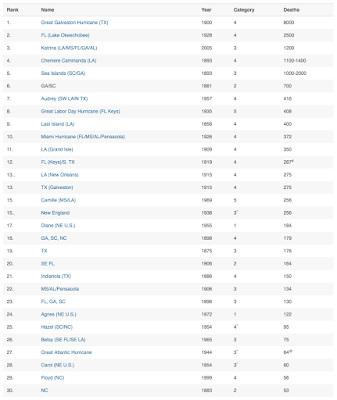
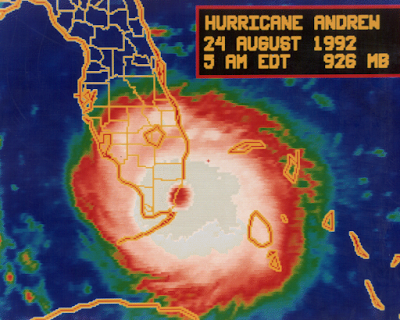
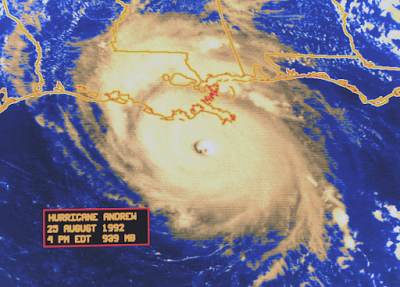
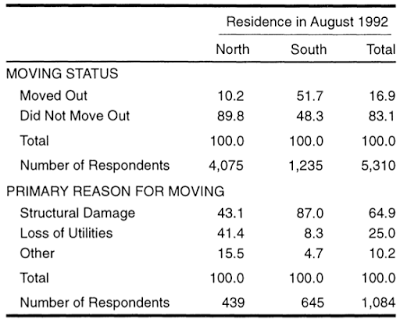
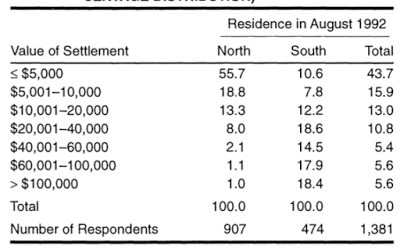
Be the first to comment